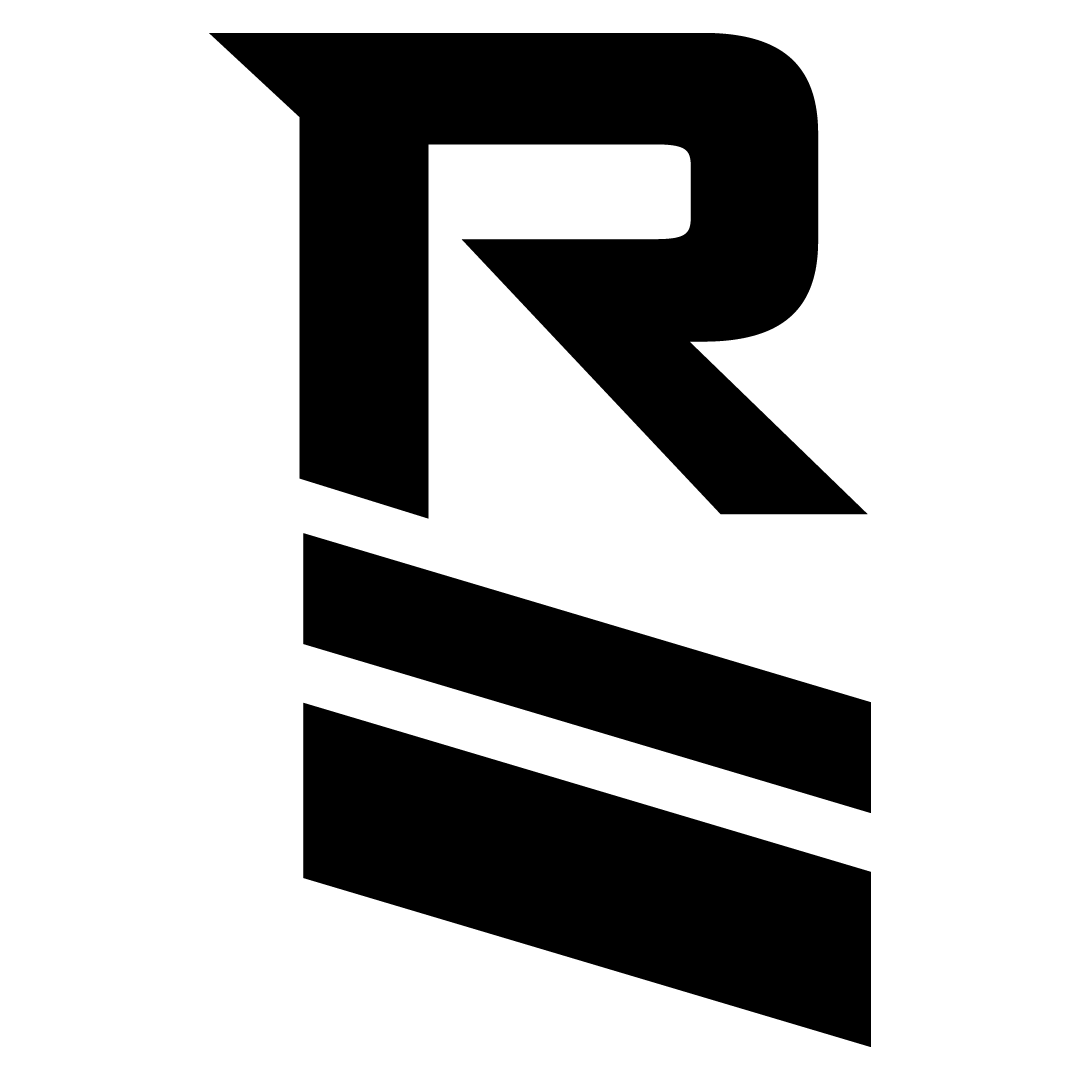Skip to Content
Currency
Free Shipping Always. Free Tax Stamps & Gift Cards While They Last. Move Fast!
Free Shipping Always. Free Tax Stamps & Gift Cards While They Last. Move Fast!

Suppressor Accessories
Customer Questions






